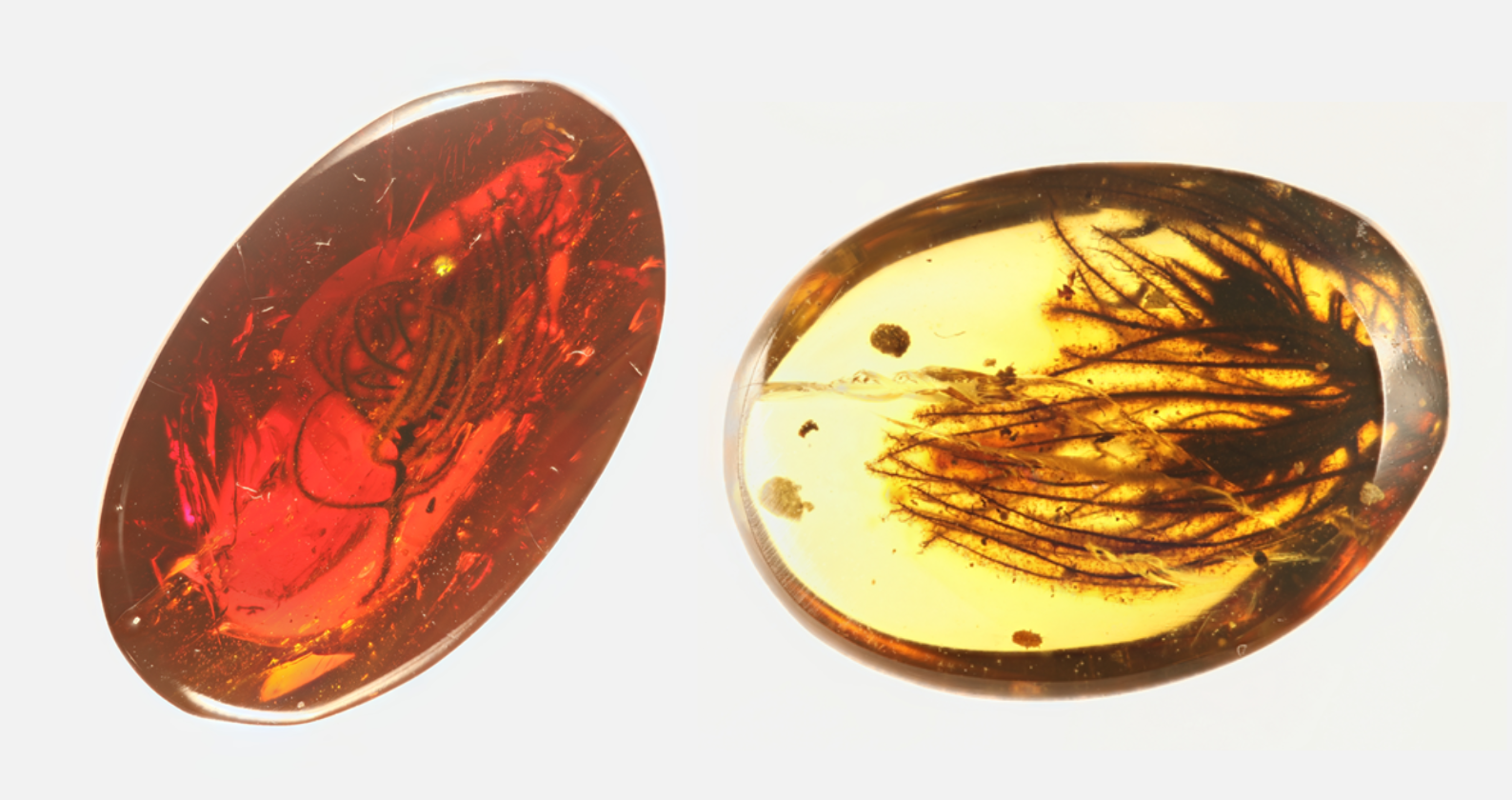Worldwide flower family bloomed 50 million years before the dinosaurs

New Curtin-led research has discovered that a group of flowering plants with more than one thousand species worldwide is 150 million years older than botanists previously believed.
Using a similar technique made famous by Jurassic Park, sap from an ancient flowering plant preserved intact within amber, enabled researchers to date the Rhamnaceae, commonly known as the Buckthorn family, back to before the Triassic period when the dinosaurs roamed the Earth.
Published in Trends in Plant Science, John Curtin Distinguished Emeritus Professor Byron Lamont, an evolutionary ecologist at Curtin University, and Dr Tianhua He, a molecular geneticist at Murdoch University, analysed ancient flower fossils from Myanmar, and compared them with living related plants throughout the world setting the age of the family at a remarkable 260 million years.
Professor Lamont said the team analysed the DNA from one of the family’s species, the Phylica flower, to set the molecular clock for the rest of the family.
“Flowering plants are the basis of our entire existence, producing oxygen, food, timber, medicine, habitats for animals and the parks and gardens where we live. Thus, it is of great interest to know how long they have been on Earth and under what circumstances they arose. The Buckthorn family is widespread throughout Africa, Australia, North and South America, Asia and Europe, and yields the popular edible Chinese date,” Professor Lamont said.
“It was previously believed that the Phylica flower evolved about 20 million years ago, and the Buckthorn family 100 million years ago, so these new dates mean the family of flowering plants are much older than botanists could have possibly ever imagined.
“Since the Buckthorn family is not even considered an old member of the flowering plants, this means that flowering plants evolved more than 300 million years ago, a staggering 50 million years before the rise of the dinosaurs.”
Professor Lamont explained that the charcoal, also in the amber, provided an insight into the conditions under which this group of plants evolved.
“We assessed the fire-related traits on as many living species as possible, and then traced them onto the evolutionary tree using a technique called ancestral trait assignment,” Professor Lamont said.
“Coupled with knowledge of the need for heat to promote germination of most living species this showed that the family probably arose in vegetation subject to regular fires.
“Sap, possibly released by fire-injured conifer trees, flowed over the Phylica flowers during the journey and preserved them intact as amber.
“Almost all living species in the Phylica subfamily have hard seeds that require fire to stimulate them.”
The full paper is titled Fossil flowers of Phylica support a 250-million-year ago origin for Rhamnaceae.



